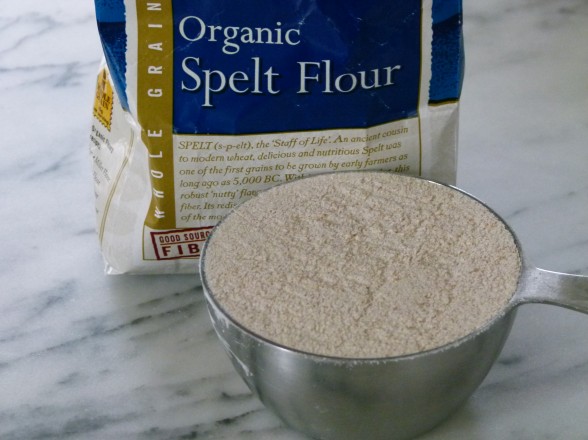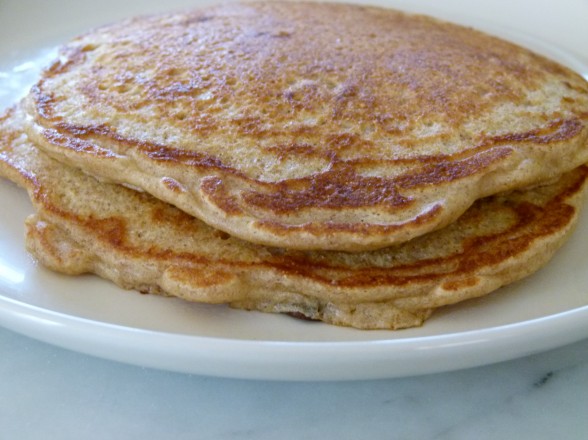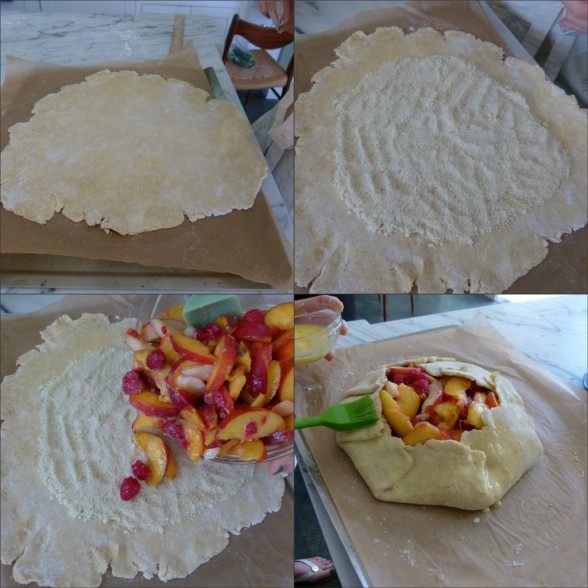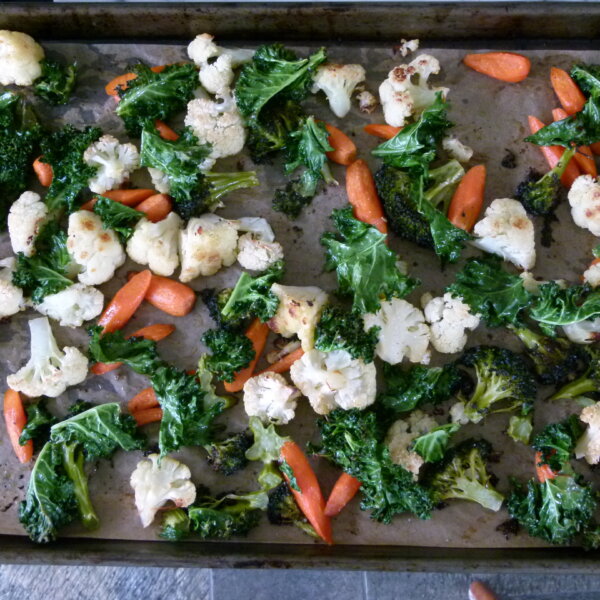
I love to bake healthful treats for my family and typically my go-to flour is derived from wheat. Because they are unrefined and have a nice, earthy flavor, I rely a lot on whole wheat pastry flour as well as white whole wheat and traditional whole wheat in my recipes. Wheat flours have a considerable amount of gluten, a protein which helps provide your baked good with structure and elasticity. But there is a whole world of other whole grain flours which can be very satisfying to work with.
Spelt flour, in particular, is one I am using more and more. Spelt berries, which are milled into spelt flour, are a very ancient grain related to wheat berries. In fact, spelt is older than many wheat hybrids. According to “The World’s Healthiest Foods,” spelt offers a broader spectrum of nutrients compared to many of its more inbred cousins in the Triticum (wheat) family. It is an excellent source of manganese, and a good source of protein, copper, and zinc. Another significant benefit is that some people who are sensitive to wheat can tolerate spelt. Spelt is not gluten-free, however, so if you are gluten-intolerant or if you have Celiac disease, spelt is not for you.
Spelt has a much lower gluten content than wheat, but it has enough to keep your baked goods from falling apart. Less gluten can be beneficial for a number of reasons. Spelt ends up being much easier to digest than wheat and produces a more tender crumb (gluten can make things tough.) Tenderness is something I want in muffins, quick breads, pancakes and pie crusts, so spelt flour is great to use in these recipes. Spelt flour is also really easy to work with, most of the time I just substitute it one-for-one with wheat flour. Technically spelt flour is more water soluble than wheat flour, which means you will need to use less liquid in a recipe. I’m really too lazy to calculate any conversions and I haven’t had any issues thus far.
Another reason I love spelt flour, especially whole spelt flour, is that it tastes nutty, but almost sweet. Because I don’t use a lot of sweeteners in my baking, this can be a welcome advantage. Sometimes whole wheat flours can have a slight bitter aftertaste, especially in recipes where there is no sugar to provide some balance. But the “sweetness” in spelt still works in savory recipes like tart crusts without competing with the other flavors.
Keep in mind that spelt flour is sold like wheat flour, refined, unrefined and/or sprouted. I tend to stick with whole (unrefined) spelt flour for almost all my baking, but I do prefer pastry crusts made with white (refined) spelt flour. I was able to find a sprouted spelt flour in NY and made the most delicious pancakes with it. You can also buy spelt berries which are cooked like other whole grains such as barley or rice. I tend to use spelt, farro and barley very interchangeably. Mr. Picky’s favorite bread for toast is Rudi’s spelt bread which contains no seeds of any kind, thank you. We also love their whole spelt tortillas. Very recently, I have been making spelt pasta more often than any other kind, and everyone loves it! I would love to hear from you if you have experimented with spelt or have any favorite spelt products. In the meantime, a good place to start is with my recipes for Whole Grain Buttermilk Pancakes (the ones pictured above were Mr. Picky’s with mini-chocolate chips), Carrot Cake, Zucchini-Blueberry Bread, and last summer’s Stone Fruit Crostata (pictured below). You should also check out two of my favorite cookbooks which contain some fabulous spelt recipes, “Good to the Grain,” by Kim Boyce and “Ancient Grains for Modern Meals,” by Maria Speck. Enjoy!












Spelt require less liquid not more.
Oh my! I totally miswrote that ! Thanks for catching that.
Thank you so much for this informative post on spelt! I’m starting to be more hesitant in using white wheat flours and I had no idea what else to use. Whole wheat isn’t my thing but I’m glad to hear spelt is just as good as white wheat.
I love spelt flour! And I am buying more spelt products (pasta, bread, tortillas..)